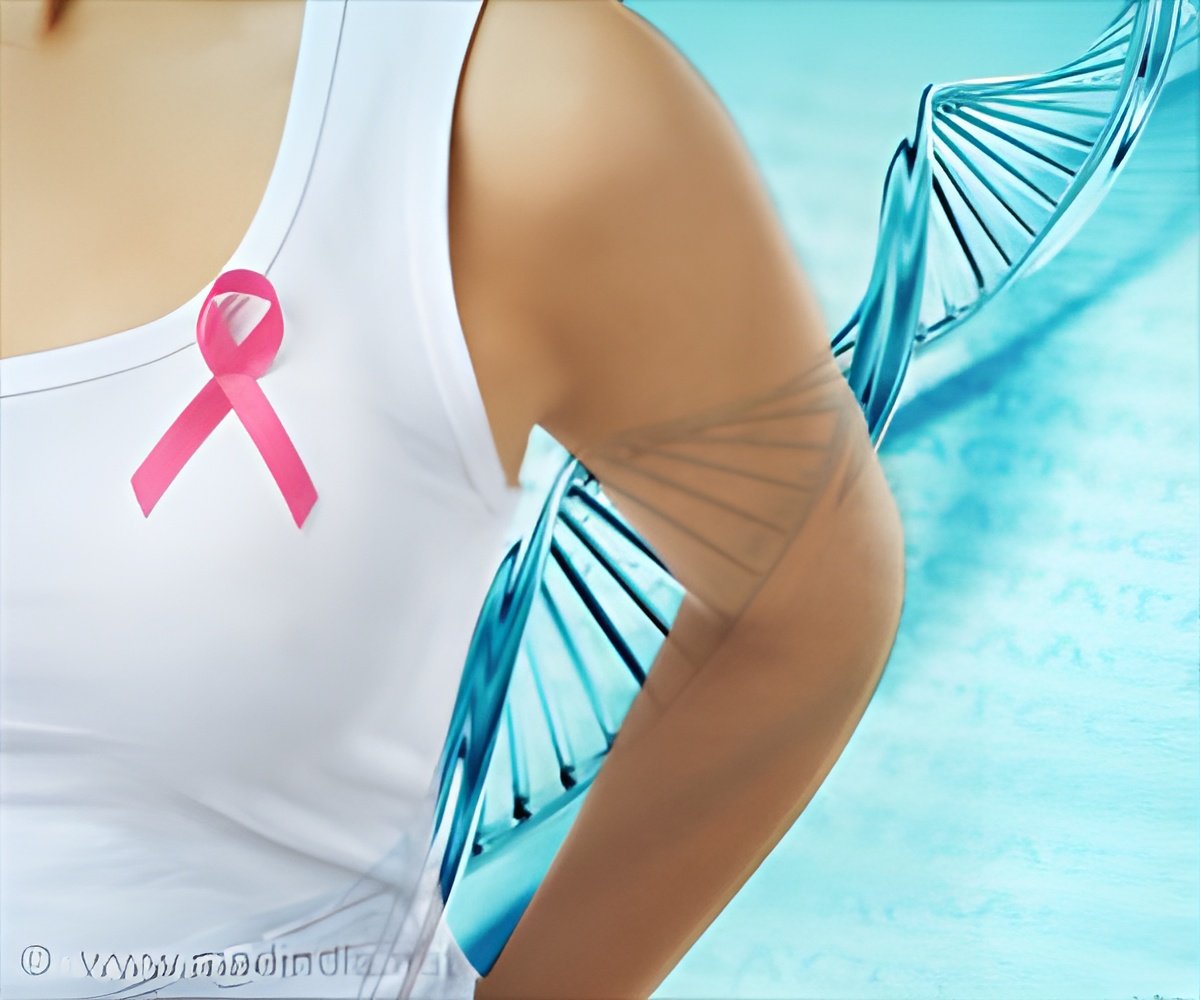This forms the basis for research to understand how breast cancer cells acquire aggressive traits and how adult stem cells function in normal regeneration.

The researchers used a transparent gel in which cells divide and spread, similar to the developing mammary gland during puberty.
Throughout the reproductive lifespan of a woman, the mammary gland is constantly remodeled and renewed in order to guarantee milk production even after multiple pregnancies.
Although their exact identity remains elusive, this high cellular turnover requires the presence of cells with regenerative capacity, that is, stem cells.
Breast cancer cells can adopt properties of stem cells to acquire aggressive traits.
Using their newly-developed organoid assay, the researchers observed that the behavior of cells with regenerative capacity is determined by the physical properties of their environment.
Advertisement
"Our results suggest that invasive growth in response to physical rigidity represents a normal process during mammary gland development that is exploited during tumor progression," Linnemann explained.
Advertisement















